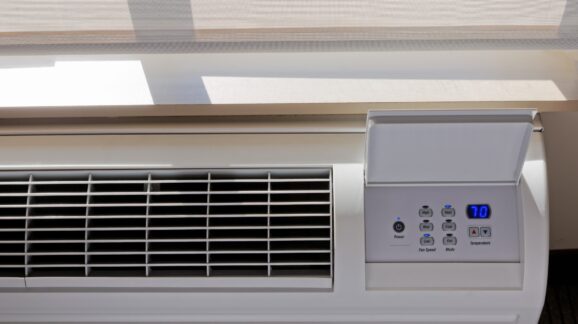New EPA air conditioner regulation certain to get homeowners heated up

Photo Credit: Getty
Another Friday news dump, another bad Biden administration appliance regulation slipped in ahead of the weekend. Last Friday it was one targeting air conditioners – the prior Friday was furnaces – and the impact for homeowners will be very costly in the years ahead.
A 2020 law gave the Environmental Protection Agency (EPA) the authority to go after the refrigerants used in most air conditioners on the grounds that they contribute to climate change. Production quotas on these refrigerants, called hydrofluorocarbons (HFCs), have already led to a big jump in their prices, including the ones needed to service most existing residential systems. And on October 6th – the Friday before a 3-day weekend – EPA released a final rule targeting new central air conditioners made on or after January 1, 2025.
Specifically, the regulation outlaws the use in newly manufactured equipment of any refrigerant with a global warming potential (GWP) over 700. The greater the GWP, the higher the theoretical per-molecule contribution of the refrigerant to climate change. The new rule will knock out the most commonly used refrigerant in residential systems, HFC-410a, which has a GWP of 2,088.
Why the cutoff at 700? Well, one of the two frontrunners to supplant HFC-410a in the new equipment market has a GWP of 466 and the other a GWP of 675. The makers of these new refrigerants as well as the equipment designed to use them petitioned EPA for this rule, the effect of which is to skew the market towards pricier products, including residential air conditioning.
How much more costly? One big drawback with the new refrigerants is that they are classified as slightly flammable. Beyond safety concerns, the use of flammable refrigerants raises equipment costs by necessitating the addition of sensors to detect refrigerant leaks and automatic shutoffs should they occur. Several manufacturers have predicted resulting equipment price hikes of 10 to 20 percent for a new air conditioner or heat pump that complies with the rule. For many homeowners, that could mean paying an extra $1,000 or more for their next new system.
EPA will make it tougher to stay cool in the summers ahead, but another agency, the Department of Energy (DOE), is already adding to the consumer burden. A new DOE efficiency standard for residential air conditioners and heat pumps took effect at the beginning of 2023, and installers say it caused a $1,000 – $1,500 jump in the cost of a new system.
Worse, there is no reason to believe that either agency is done targeting air conditioners, so expect more regulations to be proposed. Thanks to the one-two punch of EPA and DOE, the costs of staying cool will continue to skyrocket in the coming years